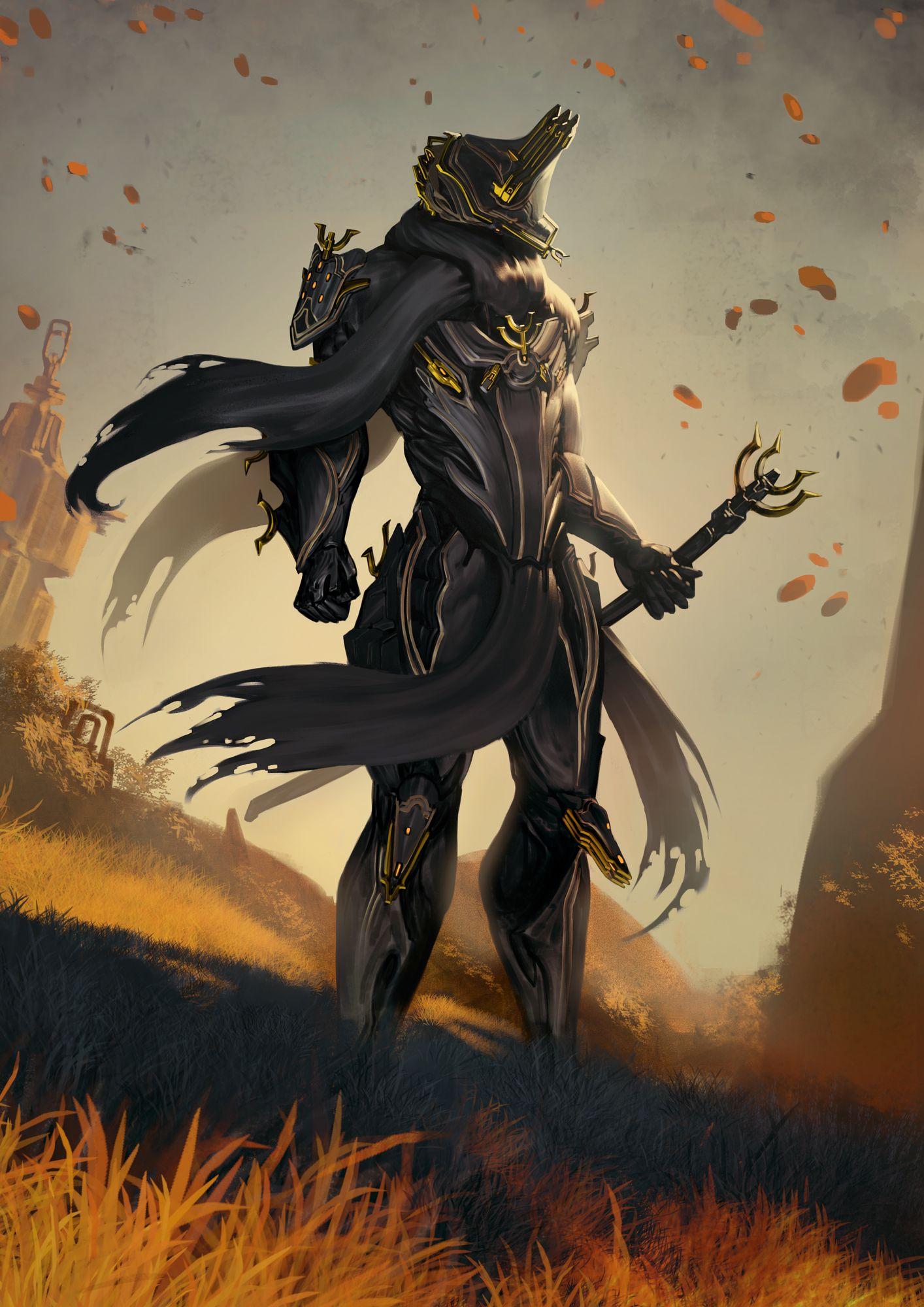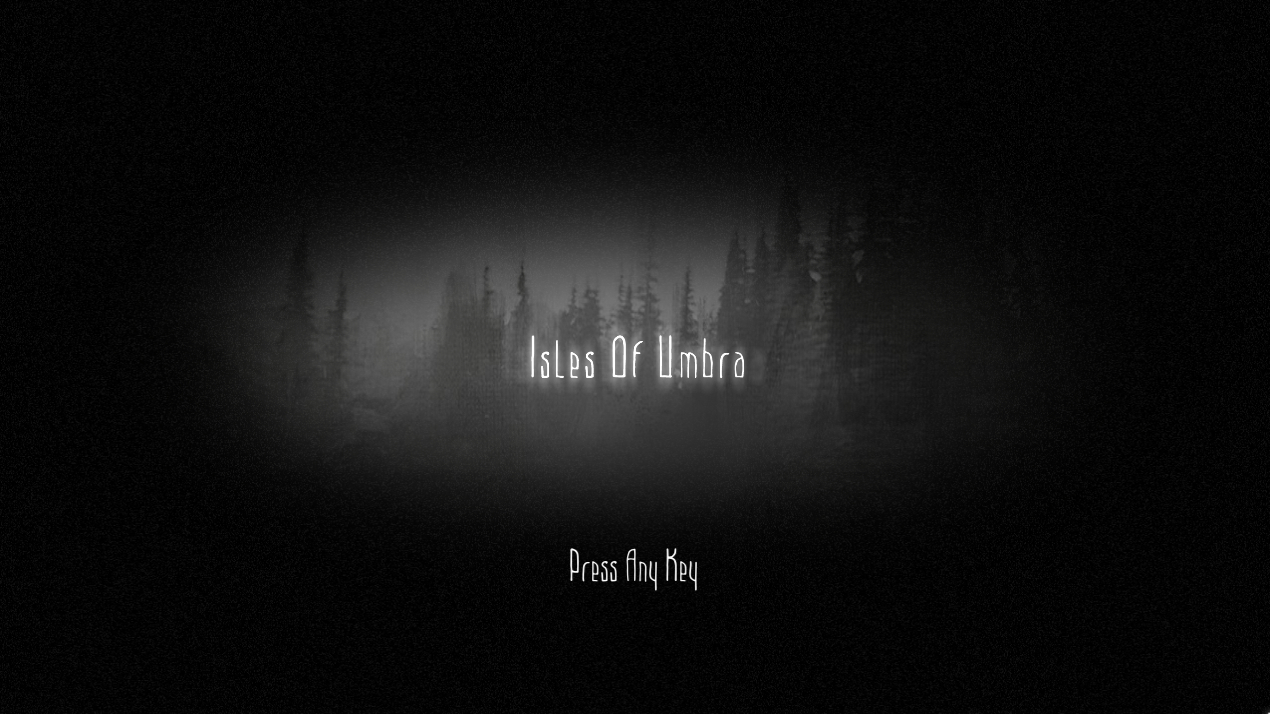

Main article: History of Tristan da Cunha Discovery Portuguese explorer and conquistador Tristão da Cunha is both the namesake of Tristan da Cunha and the first person to sight the island, in 1506.


There is no airstrip on the main island the only way of travelling in and out of Tristan is by boat, a six-day trip from South Africa. Tristan da Cunha is a British Overseas Territory with its own constitution. The other islands are uninhabited, except for the South African personnel of a weather station on Gough Island. As of October 2018, the main island has 250 permanent inhabitants, who all carry British Overseas Territories citizenship. The territory consists of the inhabited island, Tristan da Cunha, which has a diameter of roughly 11 kilometres (6.8 mi) and an area of 98 square kilometres (38 sq mi) the wildlife reserves of Gough Island and Inaccessible Island and the smaller, uninhabited Nightingale Islands. It is the most remote inhabited archipelago in the world, lying approximately 2,787 kilometres (1,732 mi) from Cape Town in South Africa, 2,437 kilometres (1,514 mi) from Saint Helena, 3,949 kilometres (2,454 mi) from Mar del Plata in South America and 4,002 kilometres (2,487 mi) from the Falkland Islands. Tristan da Cunha ( / ˌ t r ɪ s t ən d ə ˈ k uː n( j) ə/), colloquially Tristan, is a remote group of volcanic islands in the South Atlantic Ocean.


 0 kommentar(er)
0 kommentar(er)
